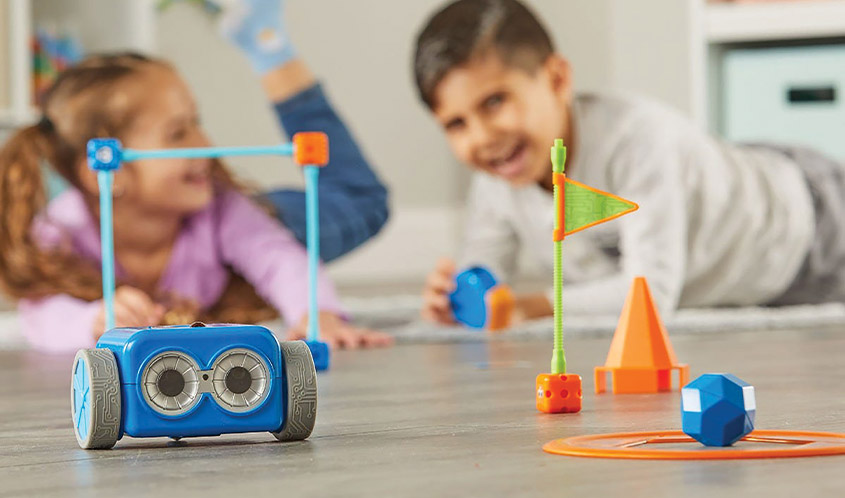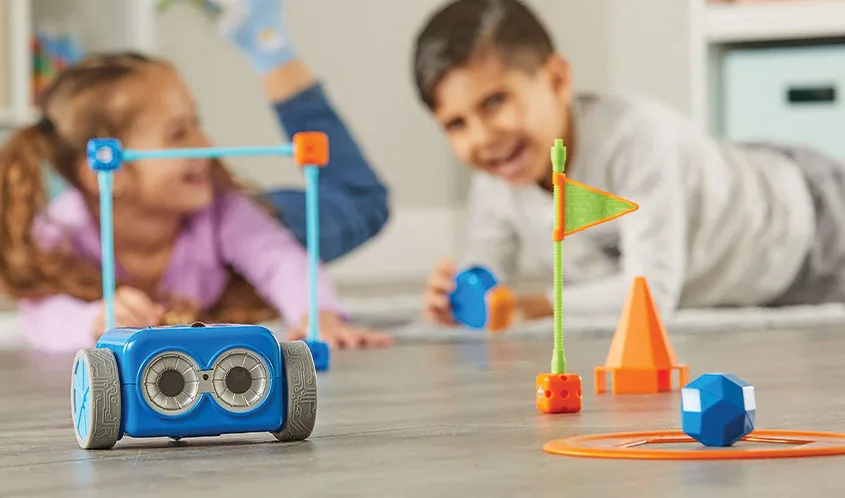
by KRISTIN MORENCY GOLDMAN, senior communications specialist, The Toy Association
The current academic year is filled with uncertainty for parents who are trying to figure out how to juggle their kids’ schooling with the health and safety of their families.
With a lot more learning at home taking place, The Toy Association predicts that parent-driven purchases and educational toys will continue to surge in popularity this fall — meaning that high-quality activity toys; products with a lot of play value; and, of course, STEAM toys (teaching kids science, technology, engineering, arts, and math) will be in high demand in the fourth quarter and well beyond.
With that in mind, The Toy Association is gearing up to release its “STEAM Toy Assessment Framework” this fall to help toymakers develop and market products that meet a consistent definition of the STEAM category. The framework will be available as a checklist for toy companies to assess whether their toy can be categorized as a STEAM toy, meaning the product:
- Has all four characteristics of a “good toy”
- Has all six of the prime STEAM characteristics
- Links to at least two of the specific STEAM areas
The criteria are set out in the framework and organized by age, ensuring that the learning goals supported by toys are age-appropriate.
“Parents are looking for ways to keep young minds sharp this school year and our past studies have shown that millennial parents believe STEAM skills to be integral to their child’s future success,” says Ken Seiter, executive vice president of marketing communications at The Toy Association. “Our goal is to help members and others in the industry create excellent, safe toys that will keep kids creative, learning, and engaged. The STEAM Toy Assessment Framework is the latest in our ongoing initiatives to help toymakers design toys that have top-notch educational value.”
“Our goal is to help members and others in the industry create excellent, safe toys that will keep kids creative, learning, and engaged.”
The new framework uses findings from The Toy Association’s “STEM/STEAM Formula for Success” report — which was released last year — and takes them to the next level by clarifying and streamlining all characteristics. It also draws on child development milestones, a collection of U.S. learning standards, and an independent review of existing STEAM toys.
The importance of creativity is recognized within the framework as well, with artistic expression having been linked to a person’s ability to innovate. More on the creativity aspect of STEAM can be found in “Decoding STEM/STEAM,” The Toy Association’s inaugural report on the subject.
“Our cadre of research has shown that the best STEAM toys promote open-ended play, encourage trial-and-error exploration, teach problem solving, and allow children to lead the play experience,” adds Seiter. “With the new framework, companies will be able to seamlessly and mindfully integrate these characteristics into their products and elevate the play experience for a new generation of kids.”
Toy and play professionals can visit toyassociation.org/STEAM to read all existing reports and access a variety of additional resources, one-pagers, worksheets, and brochures. The “STEAM Toy Assessment Framework” will be available on the website in the coming weeks.
Questions about The Toy Association’s STEAM initiatives may be directed to Anna Yudina, senior director of marketing initiatives at The Toy Association (ayudina@toyassociation.org).
This article was originally published in the October 2020 edition of the Toy Book. Click here to read the full issue!


